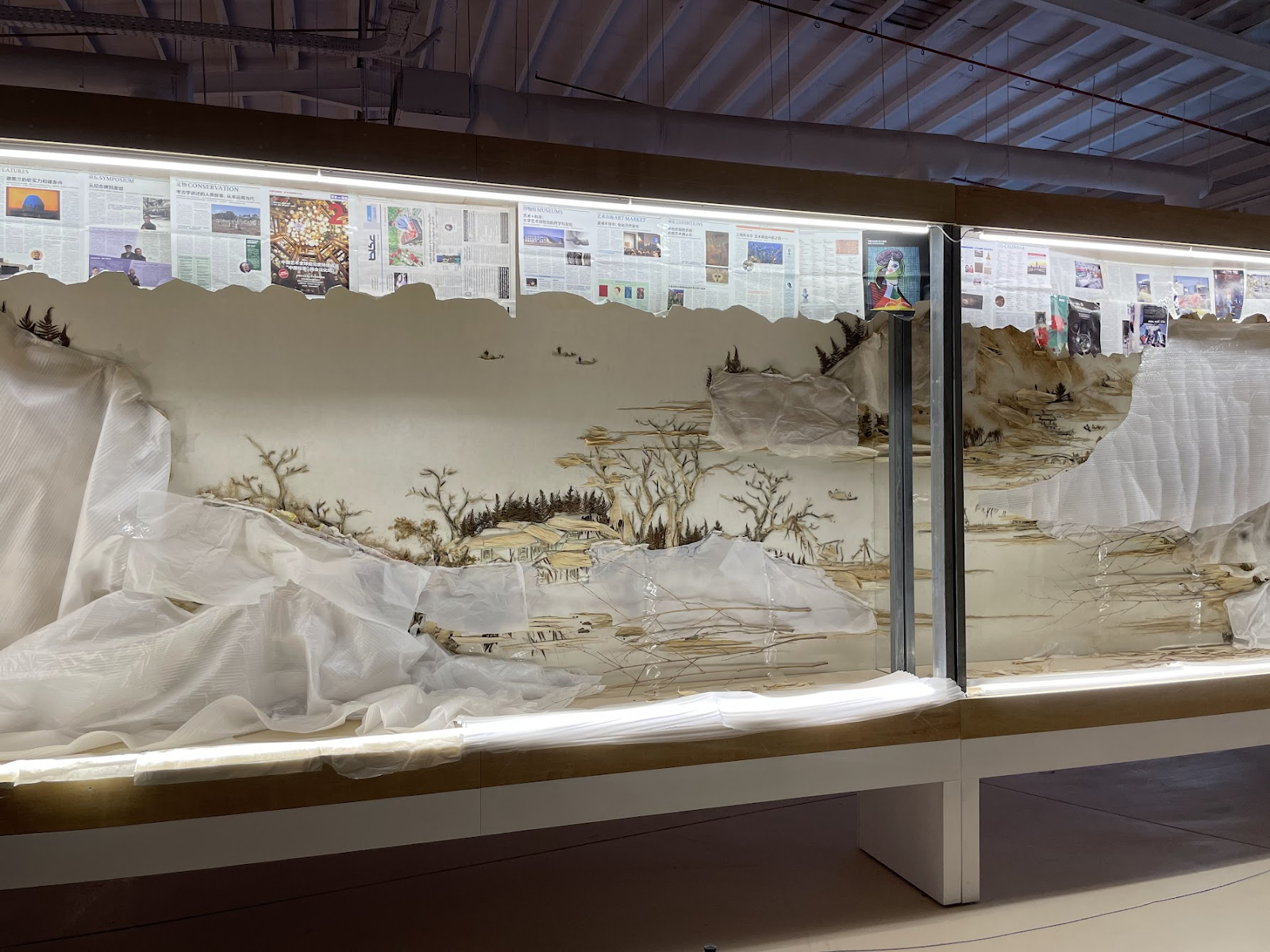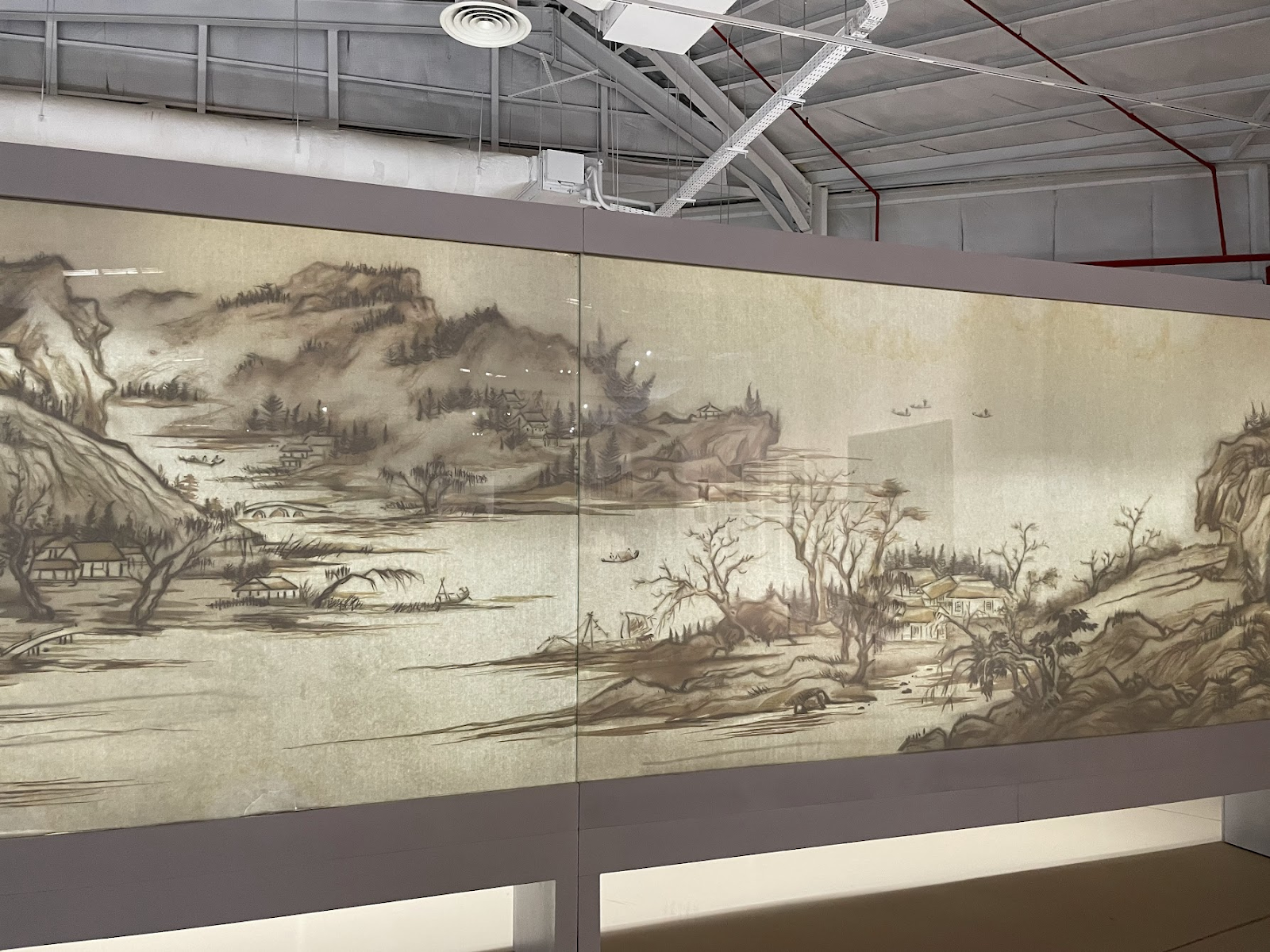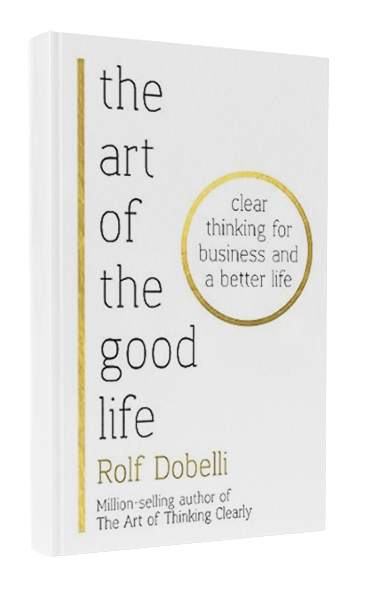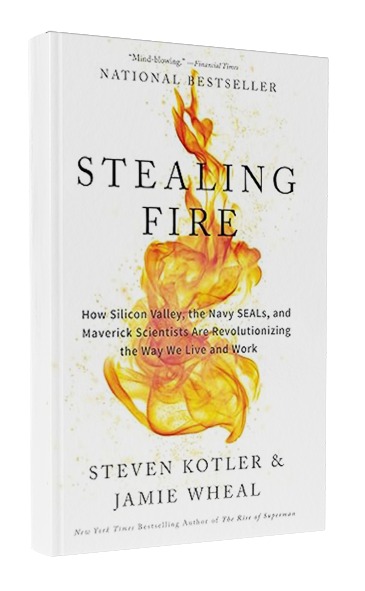The Beauty in Imperfection
ByGV Ravishankar
PublishedSeptember 20, 2023
A wrong turn at an art gallery leads Peak XV’s GV Ravishankar to an unexpected realization on finding beauty in imperfection.
Twenty kilometers northwest of Riyadh, sits the historical city of Diriyah. It is where the first foundations of the Saudi state were laid. It is also home to the Diriyah Biennale Foundation – an attempt by the Saudi Arabian government at “nurturing creative expression and instilling an appreciation for culture, the arts, and their transformative power” across the kingdom and the world.
Last year, I was invited by a leading Saudi VC to a gathering of investors and founders at the Diriyah Biennale, where we were also offered a tour of the exhibits. While there were many extraordinary and thought-provoking artworks on display, there was one that got me thinking deeply.

In a rather expansive hall which had very few exhibits, stood a mixed media installation. It was 5-feet tall and around 25-feet long. It looked like bits of textile, newspaper clippings, dried twigs, and a seemingly random assortment of scraps glued onto a white canvas in a way that wasn’t aesthetically pleasing at all. It looked incomplete and hacky!
Art is subjective and for a fleeting moment I wondered if this work wasn’t meant to appeal to everyone. But I continued to be intrigued as to why this massive and unpleasant piece was a central exhibit. The fact that I could not understand it became a source of chagrin for me. I saw so many flaws and imperfections that I could neither derive pleasure nor meaning from the exhibit.
As I rummaged through my bag to find the exhibition brochure, hoping to find some context to the artworks, I drifted towards the edge of the installation and soon found myself behind it. To my surprise, there was a completely different picture on the other side of the same artwork. This discovery changed my entire perspective and led me to the reflection that follows.

There can be beauty in imperfection and that an inside-out perspective can constrict or cloud our views, making us focus mostly on the flaws and haphazardness of our lives.
What I saw on the other side was a beautiful large-scale traditional Chinese landscape painting on a light box. The brochure announced this as contemporary artist Xu Bing’s 2014 work called “Background Story: Streams and Mountains without End”. The detailing was exquisite: There were people on boats, homes along the shore, and trees on the mountains – all in perfect symphony. The work was eloquent in its depiction of village life along meandering streams and rolling hills.
In just a few minutes, I moved from a feeling of chagrin to wonder. Now the same hacky assemblage looked ingenious. The visual cacophony of materials on one side had transformed and given way to a monochromatic landscape on the other side. This serene play of lights and shadows was actually powered by what I had thought of as a chaotic hodgepodge of materials. As meaning emerged, it gave both beauty and purpose to the installation. It was one of those rare moments of insight people speak of. I felt a shift in myself; that’s what good art can do to us.
The experience left me with many questions: Why am I so quick to judge? Why am I able to appreciate beauty only when there is meaning or language? Can taking an inside-out perspective, as opposed to an outside-in perspective, help us view things differently in life? If so, then how do we stop judging ourselves or others for what we don’t see completely?
We routinely see this situation in young companies. Many of them look like the hastily put-together scraps of Xu Bing’s work from the inside. By definition, an enterprising founder with limited resources is going to hack his or her way through to the best version of their business. Good investors can see what the founder and their business stand for, even when the varnish is lacking. But even they need some guidance and the support of storytelling to nudge them to see things in perspective. This insight though isn’t just about startups or investors – it’s about each of us, or at least some of us.
My main takeaway from the experience was that there can be beauty in imperfection and that an inside-out perspective can constrict or cloud our views, making us focus mostly on the flaws and haphazardness of our lives. This results in guilt and shame, feelings of inadequacy, constant judgment, and an inability to see ourselves deserving of love, respect and happiness. In a world of Instagram, highlight reels, and hero worship, where we often subconsciously compare ourselves to what’s on our screens, our very own lives usually appear imperfect and sometimes even ugly in comparison to what we see online.
When seen from a different perspective though, our perceived flaws or inadequacies can cast beautiful imagery for the world to recognize, respect, and love us. I think of Xu Bing’s work as a call for us to find the right light and conditions to reveal our beauty to the world. It is a call for us to show up and do our best, without being bogged down by the voices in our heads that keep highlighting the imperfections we see from the inside. That act of showing up is beautiful in itself.
Possibly, the ones we admire for their perfection may have the same messiness inside them that we don’t get to see. History written backwards sounds convincingly heroic when the reality may have been much less so. No one is the perfect Chinese painting – we are all our best attempts at being one! And this work in progress version is just as beautiful.
Xu Bing’s work, in my view, is a reminder for the need for radical acceptance, to free up energy and mental resources from judgment and negativity. Doing this allows us to show up and make positive changes in our lives. His work also reminds us of the need for empathy; everyone is going through their own journey and each is imperfect but beautiful in their own way. Let’s embrace our own “background story” and create magical unending streams and mountains for those around us by showing up as our positive, empathetic selves!
That said, it turns out Xu Bing had not intended for me to see the exhibit the way I did. I should have first seen the side with the landscape painting and then gone behind it to marvel at his creative process and intelligent use of light and shadow, which created the “illusion of a painting” from debris. But if I had done that, my takeaway may have not been about how to see beauty in imperfection but about how what appears beautiful may not be so on the inside. I am so glad I took the wrong turn in the gallery that day!
Recommended Reads
Here are three articles I read over the last few weeks that I found interesting:
No more Fridays: Why a four-day work week could be the future. The results are in: It’s time for ‘free Fridays’. A six-month trial with participation from 33 companies makes the case for a four-day work week. Besides an overall improvement in employee well-being, results pointed towards an increased revenue for the participating companies. A lot more companies are now either considering this or have already implemented the four-day work week.
How to live an asymmetric life: Life lessons inspired by the world of investing. An investor lays down three mantras distilled from a career spanning close to three decades.
Anti-obesity drug also protects against heart disease — what happens next? Anti-obesity drugs seem to be exploding in their adoption. What seems like a magic pill for obesity could now be a magic pill for preventive cardiology. Does that sound too good to be true? Read this Nature article to learn more. While the full data from the drug’s trial isn’t publicly available yet, there seems to be good news for some of those suffering from cardiovascular disease.
If you have time for longer reads, dive into these books:

The Art of the Good Life by Rolf Dobelli
Rolf Dobelli’s “The Art of the Good Life” explores aspects of modern life, including decision-making, relationships, and personal well-being, to provide readers with actionable steps and ideas to improve their quality of life.

The Longevity Diet by Valter Longo
Biogerontologist Valter Longo’s “The Longevity Diet” delves into the science of extending lifespan (more importantly, healthspan) through dietary choices. The book discusses the benefits of a fasting-mimicking diet designed by the author. The diet, high in complex carbohydrates and low in protein, reportedly promotes longevity and reduces the risk of age-related diseases. One learning in this book is the link between consuming too much protein and cancer growth.

Stealing Fire by Steven Kotler, Jamie Wheal
“Stealing Fire” by Steve Kotler and Jamie Wheal explores the concept of achieving altered states of consciousness and peak performance through various means, including meditation, psychedelics, and technology. The book delves into the practices and experiences of individuals and organizations harnessing these altered states to enhance creativity, innovation, and overall well-being.
Do write in at gv@peakxv.com if any of my interests intersect with yours! Click here to read more articles on Peak XV’s blog. For more editions of Connecting the Dots, click here. I’m also on LinkedIn and Twitter.